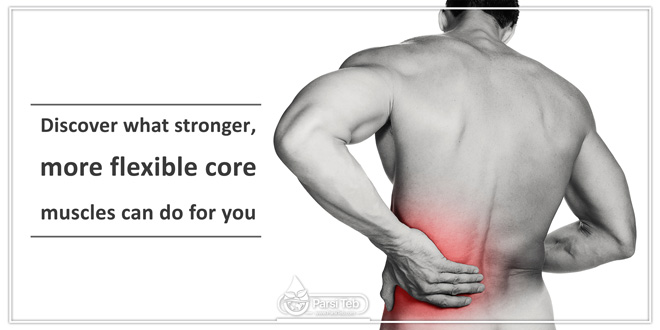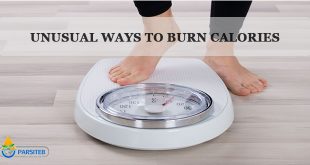Discover what stronger, more flexible core muscles can do for you
A Special Health Report from Harvard Medical School
Core Exercises
Often, exercise programs spotlight arms, legs, and abdominal muscles, while paying little attention to many of the muscles that make up your body’s core. Your core includes muscles in your back, side, hips, pelvis, and buttocks, as well as your abdominals. These muscles are critical to improving performance in almost any sport or activity, sidestepping debilitating back pain, and enhancing balance and stability.
A strong, flexible core can help you:
• Ward off or ease low back pain
• Ease the strain of everyday activities like housework, gardening, and on-the-job tasks
• Add power to sports and other pleasurable pursuits
• Increase agility when lifting, bending, turning, or reaching
• Improve balance and stability to prevent falls
• Strengthen your abs with the support of strong back and hip muscles
Two master trainers, working with a Harvard Medical School physician, have helped create our brand-new Special Health Report, Core Exercises: 6 workouts to tighten your abs, strengthen your back, and improve balance . In this report, you’ll learn the importance of strong, flexible core muscles and how to achieve them. The report contains six illustrated and detailed full workouts that feature exercises and moves designed to enhance your core fitness. We’ll show you how to set achievable goals and work smart to achieve the maximum benefit from your workout. All the exercises can be made easier or harder, depending on your current level of fitness, and these essential exercises can fit into even the busiest schedule.
Before long, you’ll notice gains you can see and feel every day. Make a core workout the core of your exercise program. To learn how, order your copy of Core Exercise: 6 workouts to tighten your abs, strengthen your back, and improve balance and get started today.
Nancy Ferrari
Managing Editor
Harvard Health Publications
 Parsi Teb Physical and Mental Health Journal
Parsi Teb Physical and Mental Health Journal 



